
dance shoe size guide
Proper dance shoe sizing is essential for optimal performance and comfort. Accurate measurements ensure a snug fit, preventing discomfort during routines. Variations in sizing standards across regions and styles highlight the importance of precise fitting to enhance dancing experiences.
Why Proper Fit Matters
A proper fit in dance shoes is crucial for performance, comfort, and technique. Ill-fitting shoes can lead to discomfort, blisters, or even long-term foot issues, distracting dancers and affecting their ability to execute moves effectively; Conversely, well-fitting shoes provide the necessary support and alignment, allowing dancers to focus on their craft without hindrance. Proper fit also enhances balance, stability, and overall performance quality. Whether for ballet, ballroom, or other styles, the right fit ensures optimal comfort and prevents health risks, making it essential for dancers to prioritize accurate sizing and proper fit when selecting their shoes.
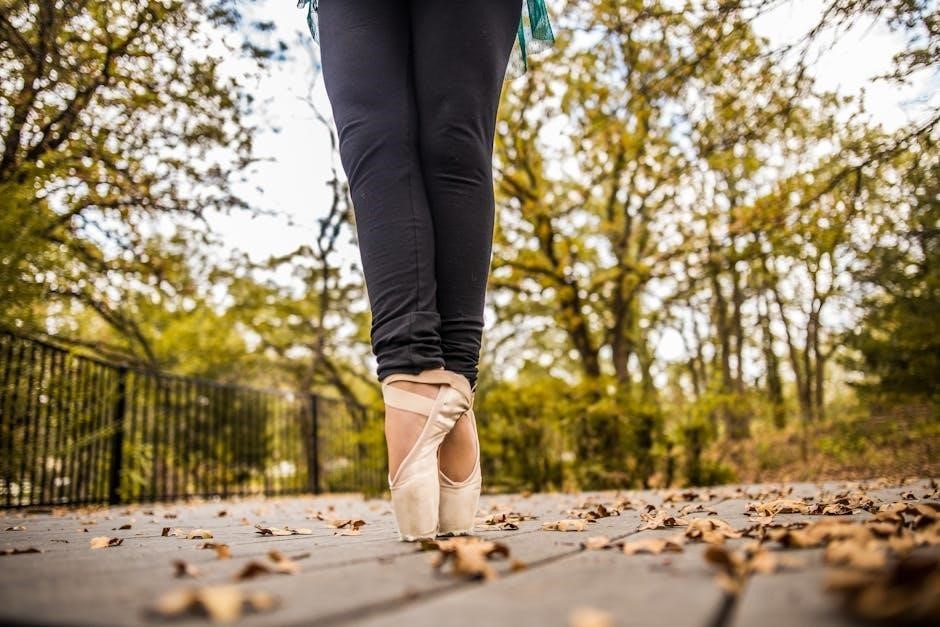
Understanding Foot Measurement for Dance Shoes
Accurate foot measurement is vital for selecting the right dance shoes. Measure foot length and width using a ruler or Brannock device. Trace feet on paper while standing for precise sizing. Measure both feet, as they may differ, and consider time of day, as feet swell. Use size charts specific to dance styles and brands for best fit.
How to Measure Your Foot Length and Width
To measure your foot length and width accurately, start by standing on a hard surface with your weight evenly distributed. Trace the outline of your foot on paper while wearing the same type of socks you plan to wear with your dance shoes. Use a ruler to measure the longest part of your foot from the back of the heel to the tip of the longest toe. For width, measure across the widest part of the foot, usually just below the toes. Repeat for both feet, as they may differ, and consider any factors like foot shape or swelling. This method ensures a precise fit for your dance shoes, enhancing both performance and comfort.
Differences in Sizing Across Dance Styles
Dance shoe sizing varies significantly across styles due to specific design needs. Ballet, tap, ballroom, and Latin shoes each have unique fit requirements, affecting size standards and regional differences.
Ballet vs. Tap vs. Ballroom vs. Latin Shoes
Dance shoe sizing varies significantly across styles due to design and functional differences. Ballet shoes require a snug fit for technique, while tap shoes prioritize support and durability. Ballroom shoes often feature a roomier toe box for comfort during long performances, and Latin shoes emphasize a secure heel fit for stability. Each style’s unique demands mean sizing standards differ, and regional variations can further complicate fit. Understanding these differences is crucial for selecting the right shoe, as a misfit can hinder performance and cause discomfort. Proper sizing ensures optimal support and enhances overall dancing ability. Always consider style-specific needs when choosing dance shoes.
The Importance of Proper Fit in Dance Shoes
Proper fit is crucial for performance, comfort, and injury prevention. Ill-fitting shoes can hinder technique, cause discomfort, and lead to long-term foot issues. Always prioritize accurate sizing.
How Fit Affects Performance and Comfort
A proper fit in dance shoes is vital for both performance and comfort. Shoes that are too tight can restrict movement, causing discomfort and potentially leading to injuries. Conversely, shoes that are too loose may result in poor technique and reduced control. For ballet, a snug fit supports the foot, while tap shoes require a balance of snugness and freedom for optimal sound production. Ill-fitting shoes can lead to blisters, fatigue, and distraction during performances. Ensuring the right fit enhances technical execution, allows for fluid movement, and maximizes comfort, enabling dancers to perform at their best.
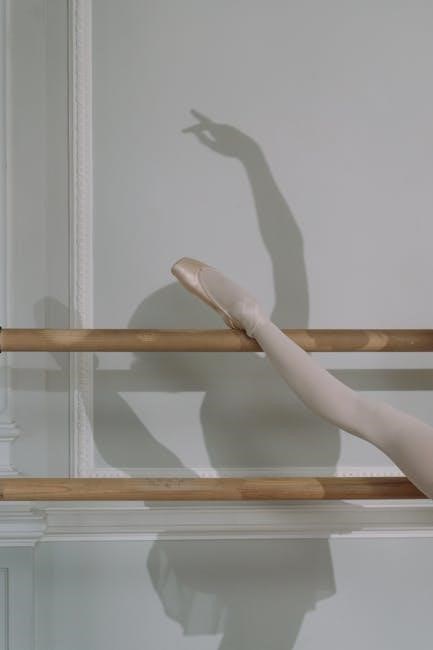
Converting Sizes Across Regions
Dance shoe sizes vary significantly between US, UK, and European standards. Understanding these differences is crucial for a proper fit. Always refer to a reliable size conversion chart or the manufacturer’s guidelines to ensure accuracy and comfort.
Understanding US, UK, and European Size Differences
Dance shoe sizes differ across regions due to distinct measurement standards. US sizes are based on the Brannock system, while UK and European sizes follow a linear scale. For instance, a US women’s size 8 often corresponds to a UK size 6 and a European size 39. These variations can lead to confusion, so using a conversion chart or consulting the manufacturer’s guidelines is essential. Proper conversion ensures a comfortable fit, which is vital for performance. Always compare measurements rather than relying solely on size numbers to avoid discrepancies.
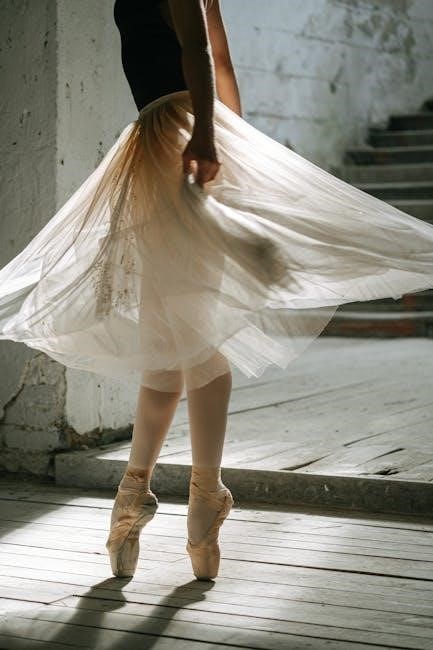
Measuring Your Feet for Dance Shoes
Measure your feet using a ruler on a flat surface, ensuring accuracy. Stand upright and consider the longest toe and widest part of the foot for size.
How to Accurately Measure at Home
Measure your foot length by placing a ruler on a flat surface, standing upright, and aligning the longest toe with the ruler. Use a flexible tape measure or ruler to determine width at the widest point. Place weight evenly on both feet for accuracy. For best results, measure at the end of the day when feet are at their largest. Use a printable shoe size guide or trace your foot on paper to compare with size charts. This ensures a precise fit for optimal comfort and performance in dance shoes.
Choosing the Right Width for Your Dance Shoes
Selecting the correct width ensures comfort and support. Narrow, medium, and wide options cater to different foot shapes, optimizing performance and preventing discomfort during dance routines.
Narrow, Medium, and Wide Options Explained
Understanding shoe widths is crucial for comfort and performance. Narrow widths suit slimmer feet, while wide options accommodate broader feet. Medium is the standard fit. Proper fit prevents blisters, discomfort, or restricted movement. Measure feet accurately to determine the best width. For example, narrow widths are ideal for those with slim toes, while wide widths provide extra room for comfort. Ensuring the right width enhances dance technique and overall satisfaction. Always consider foot shape and size when selecting width to avoid tightness or looseness during performances. Professional fittings are recommended for optimal results.
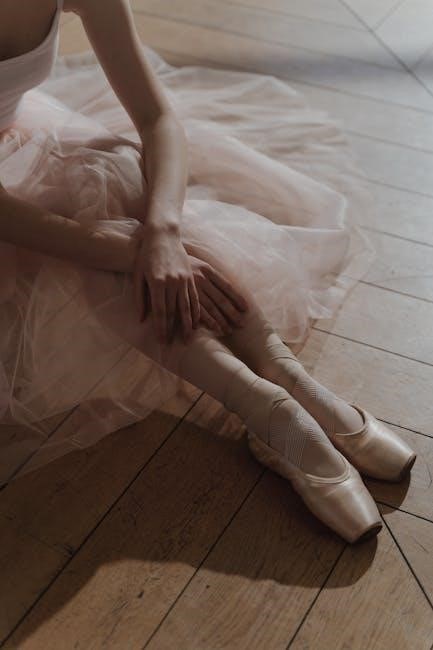
Dance Shoe Size Chart
A dance shoe size chart maps foot measurements to corresponding sizes, ensuring accurate fit. Compare length and width to US, UK, or EU sizes for optimal comfort.
Comparing Length and Width Measurements to Sizes
Accurate sizing begins with measuring both foot length and width. Use a size chart to match these measurements to the corresponding shoe size. Ensure the shoe fits snugly, allowing a small gap between the longest toe and the shoe tip for comfort during movement. Width options—narrow, medium, or wide—should align with your foot’s natural shape. Proper alignment prevents blisters and discomfort, ensuring optimal performance. Always refer to the specific brand’s size guide, as variations exist across manufacturers and regions. This step guarantees the best fit for enhanced dancing experience.
Common Mistakes to Avoid When Selecting Dance Shoe Sizes
Avoid guessing sizes without measuring feet. Ignoring width options can lead to discomfort. Not trying shoes on before purchase risks poor fit and performance issues.
Tips for Ensuring the Best Fit
- Measure your feet regularly, as size can change over time.
- Try shoes on in the afternoon, as feet swell during the day.
- Consider both length and width for optimal comfort.
- Don’t assume your dance shoe size matches your street shoe size.
- Test shoes with the same socks or attire you’ll use for dancing.
- Seek professional fitting advice if possible.
- Check for a snug fit without excessive tightness or slipping.
- Break in shoes gradually to avoid discomfort.
- Explore customization options for unique foot shapes.
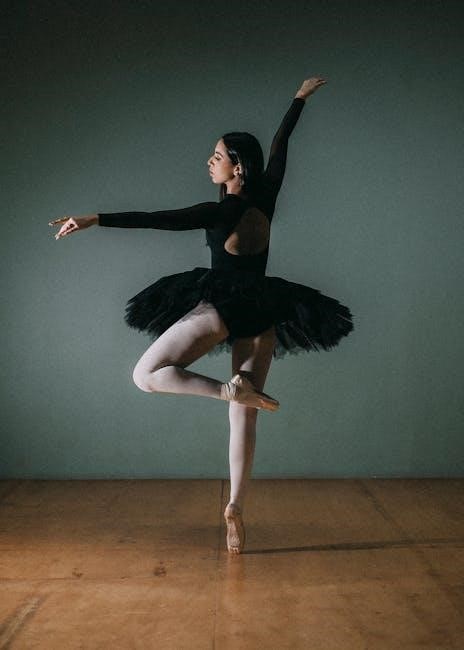
The Future of Dance Shoe Sizing
Technological advancements like 3D foot scanning and AI-driven size recommendations promise personalized fits. Customizable shoes and eco-friendly materials are expected to revolutionize the industry, enhancing comfort and performance.
Technology and Customization Trends
The integration of 3D foot scanning and AI algorithms is revolutionizing dance shoe sizing, offering unparalleled accuracy and customization. These technologies enable personalized fits by analyzing foot shape, length, and width, ensuring optimal comfort and performance. Customization options now extend beyond size, with adjustable widths, cushioning levels, and even orthotic-friendly designs becoming mainstream. Moreover, eco-friendly materials and sustainable manufacturing processes are reshaping the industry, making dance shoes both high-performance and environmentally conscious. These advancements ensure that dancers can perform at their best while aligning with modern values of personalization and sustainability.
Proper dance shoe sizing is crucial for both performance and comfort. Always measure your feet accurately and consider width options to ensure the best fit. Try shoes on if possible, and don’t hesitate to seek advice from professionals. Stay updated on trends like customizable and eco-friendly designs. Remember, proper fit prevents injuries and enhances your dancing experience. Invest in quality and prioritize your foot health. By following these guidelines, you’ll find the perfect dance shoes to support your passion and performance. Happy dancing!
Related posts:
Archives
- October 2025
- September 2025
- August 2025
- July 2025
- June 2025
- May 2025
- April 2025
- March 2025
- February 2025
- January 2025
- December 2024
- November 2024
- October 2024
- September 2024
- August 2024
- July 2024
- June 2024
- May 2024
- April 2024
- March 2024
- February 2024
- January 2024
- December 2023
- November 2023
- October 2023
- September 2023
- August 2023
- July 2023
- June 2023
- May 2023
Calendar
| M | T | W | T | F | S | S |
|---|---|---|---|---|---|---|
| 1 | 2 | |||||
| 3 | 4 | 5 | 6 | 7 | 8 | 9 |
| 10 | 11 | 12 | 13 | 14 | 15 | 16 |
| 17 | 18 | 19 | 20 | 21 | 22 | 23 |
| 24 | 25 | 26 | 27 | 28 | 29 | 30 |
Leave a Reply
You must be logged in to post a comment.